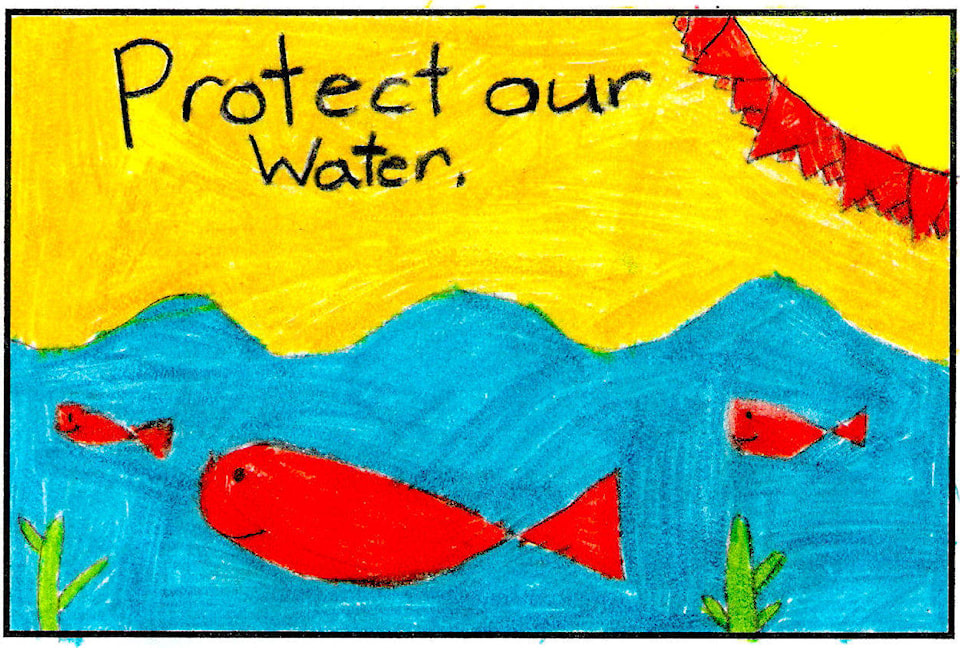Contributed by Graeme Strathdee and the SLWSS Team
We view the Sylvan Lake Intermunicipal Development Plan 2020 (IDP2020) as an opportunity to embed state-of-the-art monitoring and management methods into another population-expanding agreement, this time one with statutory authority. IDP2020 may be previewed at the project website: https://www.sylvanlakeidp.com/
This is the fourth of our SLWSS watershed stewardship articles for the SLN. Search online for the series.
We offer our SLWSS expertise and advice knowing that all the relevant Alberta legislation avoids using one essential word: “Stewardship”. A keyword search of the Municipal Government (MGA), Environmental Protection and Enhancement, Water, and Land Stewardship Acts returns no active hits. In contrast, the MGA uses the word “development” more than 400 times. The concept of stewardship, like Elvis, seems to have left the room. The pro-development bias in the law is clear.
To be blunt about our Society’s objective, we want to see evidence in the IDP2020 that today’s multi- billion-dollar mainly private watershed investments are protected from the potential impacts of the next marginal multi-million-dollar development projects.
That is why we propose to fill the void with a set of new watershed Stewardship Standards and an adaptation of the global chemical industry’s highly successful Responsible Care program. This article introduces what we have in mind.
Our proposal has already had enthusiastic support from environmental lawyer and past mayor of Cochrane, Dr. Judy Stewart, author of the Pigeon Lake Model Bylaw. She heartily endorsed our stewardship measures at conference organized for lake specialists earlier this year, announcing “This is important.” That tribute was echoed by delegates.
Stewardship of land, surface and subsurface water requires visible leadership together with science, land-planning, watershed modeling methods. It needs a commitment to environmental protection and regulation to ensure that population expansion does not threaten private and public investments.
The proposed land area of the Sylvan Lake IDP2020 has been expanded beyond the boundary of today’s Sylvan Lake watershed to include parts of the Blindman River and Medicine River watersheds. The two new add-on areas are hydrologically isolated from the Sylvan Lake watershed, they are effectively quarantined by the regional topography, and they are environmentally irrelevant to our lake and groundwater. They mainly include agricultural land today. Those add-ons alter the municipal land area shares of the expanded and redefined Sylvan Lake IDP2020 watershed and would further diminish the significance of Summer Villages in the MGA-mandated eight-party consortium.
Nevertheless, the preliminary goals of the IDP2020 appear to be sound. Our following contributions will add common sense and balance to the typically developer-friendly rules of IDPs.
The new standards proposed by the SLWSS will upgrade communications on watershed monitoring and reporting to property owners and the wider watershed community. They will specify best practices for land use, water balance, water quality, municipal management and community culture. The goal is to prevent adverse changes within the Sylvan Lake watershed with potential to cause harm to people and the environment. Land use changes will be tracked and reported in the cumulative effect categories of environmental, economic and social change to certify the state of the watershed with expert investment-grade assessments. The risk of land developments to the water balance will be analyzed using advanced methods, evaluated using Geographic Information System techniques, and monitored using real-time data collection to supplement basic precipitation and lake level data that are available today. Those capabilities already exist. Their values and benefits have been proven in other watersheds.
It can be done, with a commitment to Responsible Care.
Municipal leaders will demonstrate personal and not just institutional accountability by ceremonially signing off on a watershed ethics statement that guarantees best practices will be applied to meet goals, avoid harm, and build public confidence.
Application of best-stewardship-practice guidelines, tracking of cumulative effects indicators, and regular open communication on state of the watershed audits will be culture-changing for property owners and taxpayers who must protect their assets. Responsible care will be embedded in the community as environmental, economic and social awareness is elevated.
The incentives and motivation for applying stewardship standards and responsible care principles and best practices are to guard against eutrophication of Sylvan Lake caused by population expansion and land use change. The real estate industry knows the magnitude of that penalty. Case histories from other waterbodies around the world justify that new standards for leadership, direction and action are embedded in IDP2020.
For more information on any watershed stewardship topic, visit https://slwss.org
